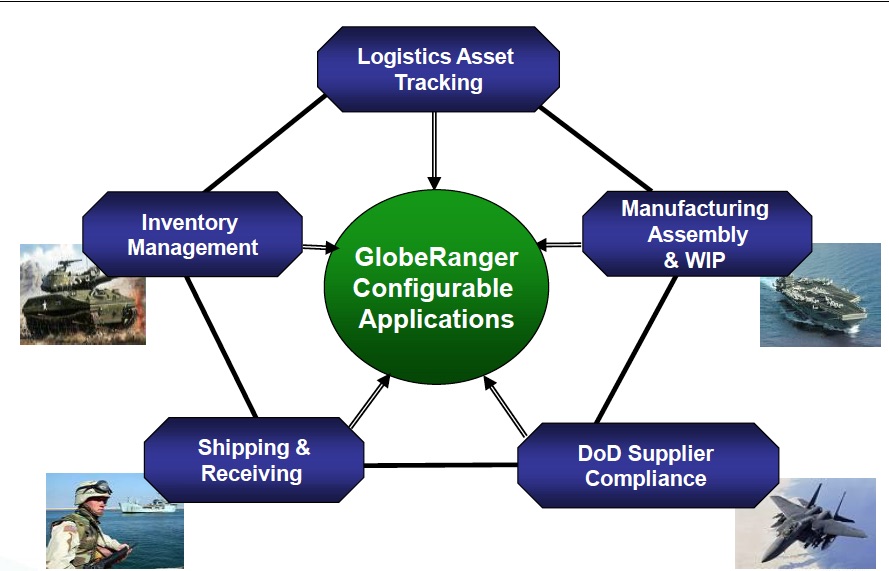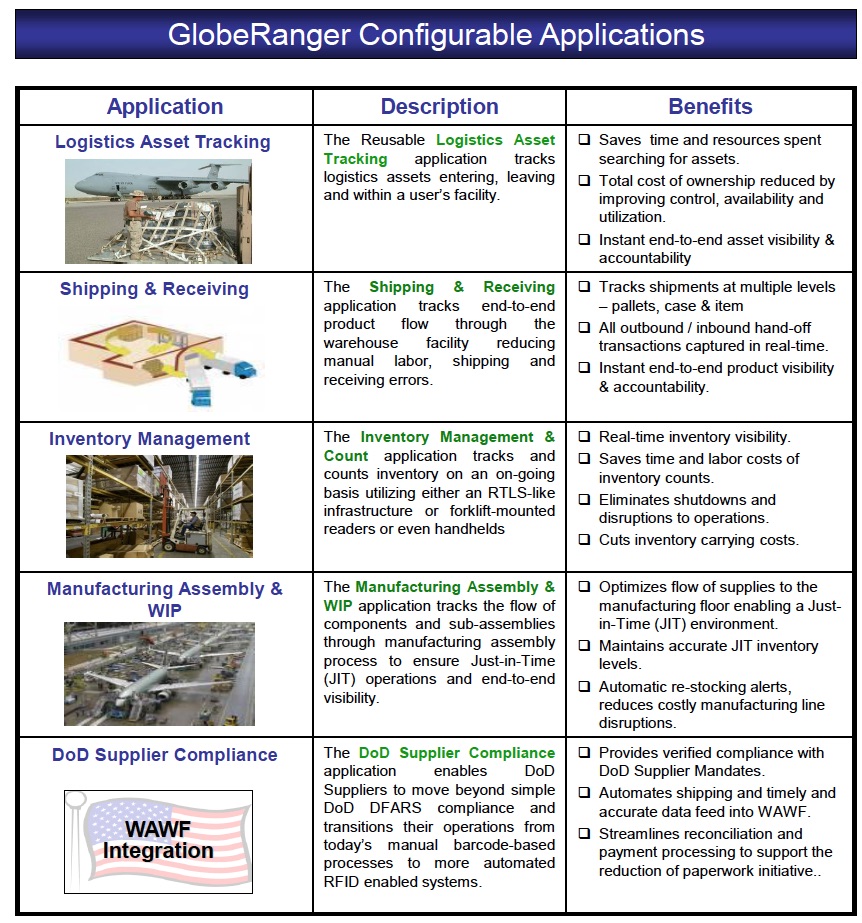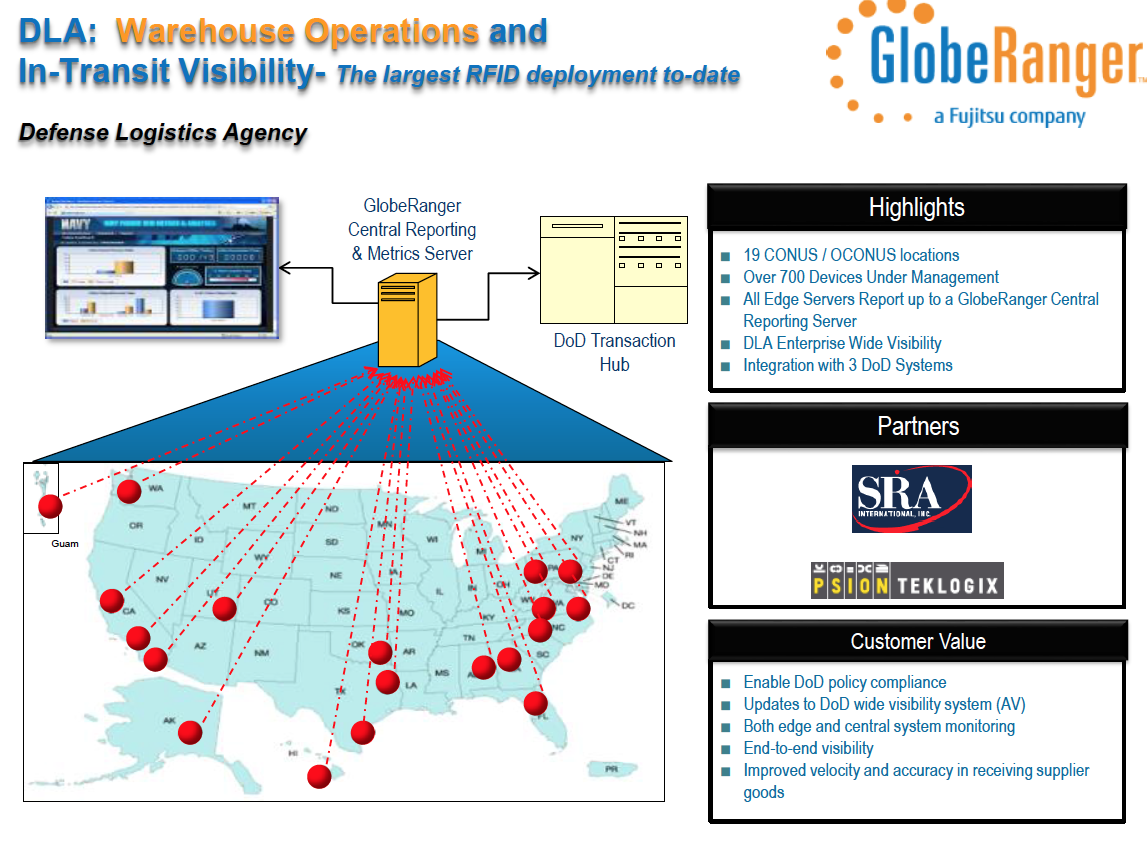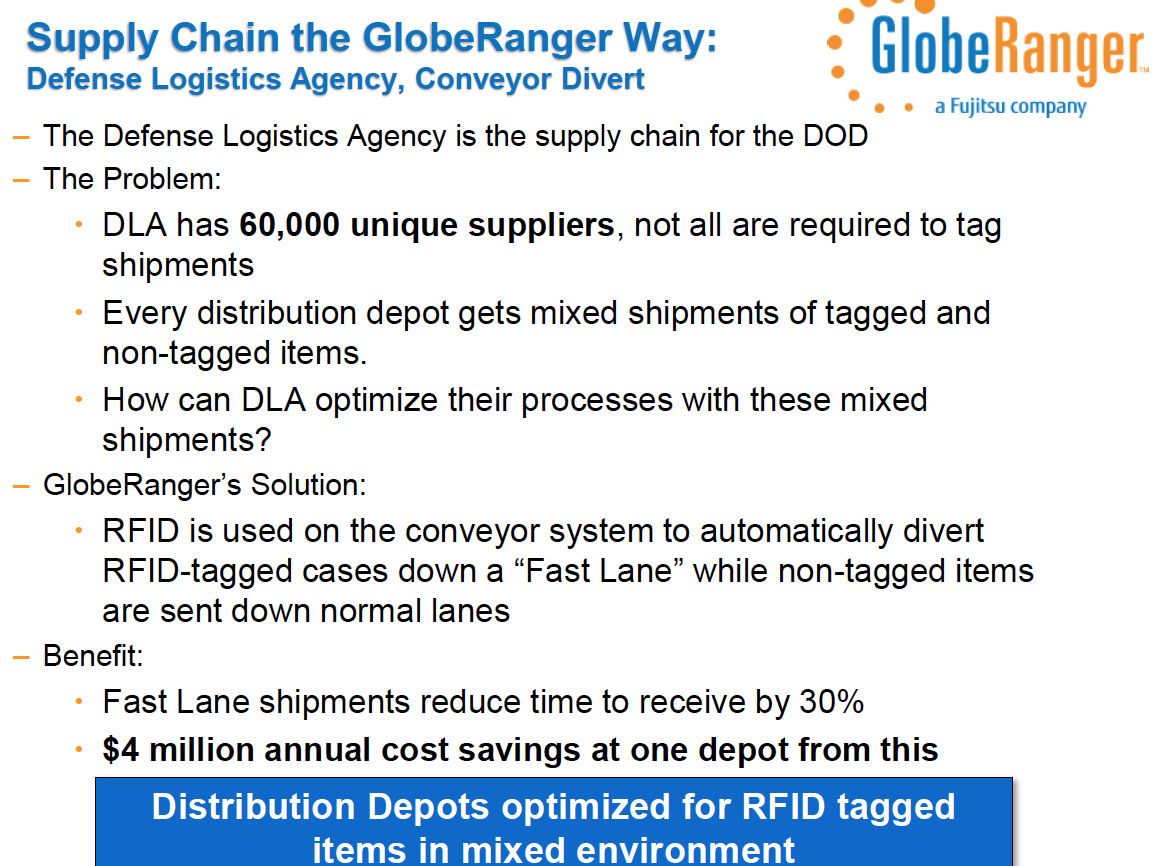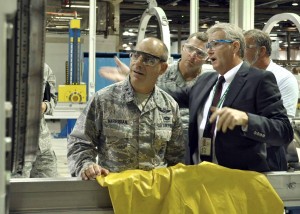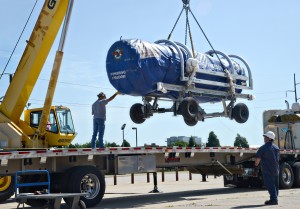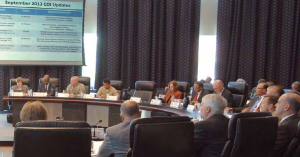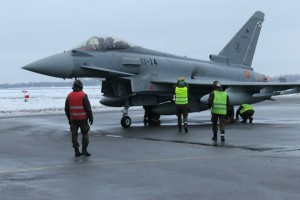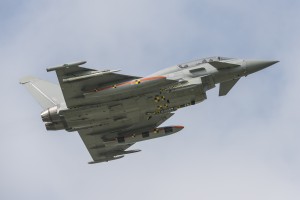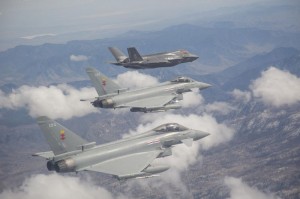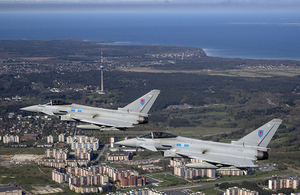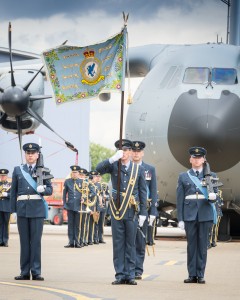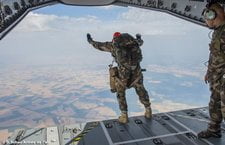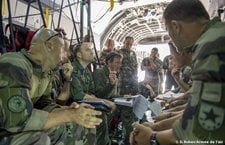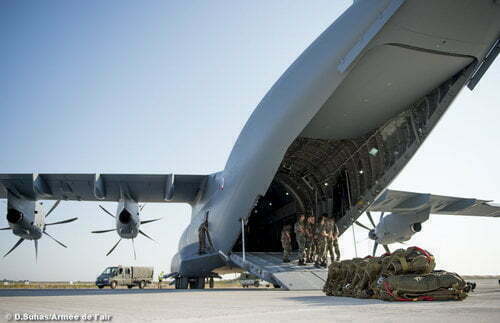2015-07-27 By Robbin Laird
This September, the Osprey will reach an 8-year mark in its operational deployment history.
The plane has not only done well, but in 8 short years has demonstrated its capability to have not only a significant impact on combat but to re-shape thinking about concepts of operations.
The result of eight years of operation and innovation is nothing less than creating a high demand force, and the Osprey-enabled assault force is redefining ways to think about the insertion and withdrawal of force and new ways to engage, prevail and disengage.
There are a number of allies interested in buying the plane. But to get to this new phase, challenges need to be met and resolved to clear the path to the next phase, a global one for the Osprey. The plane was never built as a global product, nor wa it designed for global sourcing nor for wide-ranging, high demand global support.
The program has reached a critical turning point – can the Osprey be purchased by allies, supported by a global supply chain and effectively supported worldwide? Can that allied opportunity be merged with an enhanced capacity to support forward deployed Ospreys, flown by the Marines, the Air Force and soon the Navy for its Carrier support operations?
[slidepress gallery=’ospreys-and-landing-zone-flexibilities’]
Put bluntly, the current system of support is falling short of meeting such a growing demand signal.
In interviews I have done over the past few years with Osprey maintainers and operators, it is clear that there is a concern with supply shortfalls and uncertainties unduly affecting operational demands. Again, because the demand signal is higher than DoD decision makers expected, the supply side has fallen short.
https://sldinfo.com/the-price-of-success-can-the-osprey-be-effectively-globally-sustained/
In the words of former USMC Deputy Commandant for Aviation, LtGen Trautman, “As a growing number of unprecedented new missions and operating locations are added to the V-22 community’s repertoire and new international and domestic customers seek to obtain the Osprey, we must ensure the global supply chain evolves to keep pace with this incredible revolution in military technology.”
Clearly, a global sourcing system is possible, and Boeing might look no further than their very successful C-17 global sustainment program.
The C-17 has parts sharing and support by the company worldwide and only this sustainment program has allowed allies to buy the airplane and to work completely inter-actively with the US Air Force.
Clearly, such an approach needs to be shaped to enable the global opportunity of the Osprey to unfold.
It would be a significant failure if this does not happen simply by failing to meet the strategic shift, which a new approach to Osprey sustainment requires.
The recently announced sale of Ospreys to Japan provides an opportunity to re-shape the approach and put in motion a more global approach. Ospreys operating from Japan and by Japan will operate from a high demand and high stress-operating environment. CV-22s, MV-22s and Japanese V-22s can all be sourced from a common warehouse with a higher than adequate supply part sourcing.
Because demand is flexible and the U.S. Ospreys operate throughout the region, ramping up parts stores in a regional warehouse would make sense and start the process of globalization of the Osprey on a sound footing.
As Secretary Wynne, the former Principal Deputy Under Secretary of Defense (Acquisition, Technology and Logistics) put it with regard to a major barrier to proper global sourcing: “It would be important for the Japanese to ensure that they have significant material on their side of the export request for their parts depot.
Marines can guide, but the investment in stock really pays off in terms of operational performance.”
The demand signal will go up driven by the new capabilities associated with the Osprey itself.
One demand will be to support F-35Bs afloat. During the USS WASP sea trials in May 2015, the Osprey demonstrated that it could deliver the F-35B engine to the USS WASP. And this capability will be important for the USN-USMC team as well as for other allies looking for shipboard F-35B operations.
This capability was shaped by an industry-USMC initiative. Industry invested its own money in an effort to shape a possible way ahead.
According to Michael Chotkowski, the lead for ship integration of the F-35 engine with Pratt and Whitney: “Pratt and Whitney started the process and started to look at the capability of utilizing the V-22 to get the loaf of bread (the engine inside the breadbox, so to speak.”
Although the Marine Corps was apprised of this activity, there was no requirement no government funding in place for this project.
It was company driven, but customer appraised. The Marines flew an Osprey to the P&W facilities in Connecticut during the evaluation process, so that the P&W engineers could have accurate measurements and discuss operations with loadmasters and aircrew to craft a realistic solution set, including loading and unloading the module through the door which was about the size of the module with container cover.
Secretary Stackley, Assistant Secretary of the Navy (Research Development and Acquisition) pushed hard for a solution set for the power module resupply problem and the emerging skid solution seemed to fit the bill.
Industry designed the concept skid. This was an eight to nine month process.
But the next step was for the Marine Corps working with the Joint Program Office to build the rapid prototype skid seen aboard the USS WASP. Major General Walsh, Director of Expeditionary Warfare in OPNAV, was instrumental in transitioning the effort from industry to JPO sponsorship, and the JPO money crucial in funding the prototype skid.
The Osprey is evolving a broader range of multi-mission capabilities as well which will enhance the demand upon Ospreys as well. What is being worked in the near term is the aerial refueling piece. The USMC clearly wishes to add aerial refueling to its Ospreys to work with the F-35Bs and Harriers aboard their large deck amphibious ships.
Obviously, this adds organic capability, which expands the initial insertion options for the USN-USMC team.
It also opens up possibilities of change for the large deck carrier community as well, both US and worldwide. The capability is important, but equally interesting is the approach Bell-Boeing has developed to prepare for the possible introduction of air refueling.
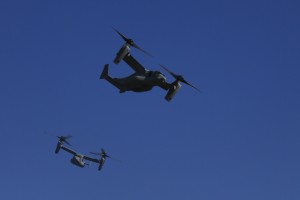
During a visit to the Boeing Osprey factory in Philadelphia, Boeing laid out the approach, which is leading to the development of the new capability.
Basically, through the use of a 3-D Virtual Reality simulation facility in which human operators are inserted during requirements definition, the process of shaping an onboard aerial refueling system is crafted whereby adjustments can be made early to the system to optimize it in terms of potential operator use.
This means that validated requirements can feed to the preliminary and detailed design phases.
Continuous use of the lab throughout the remaining engineering development tasks supports “in-process” evaluation of prototypes, which are incorporated as required to the baseline.
Instead of taking years, months are required to get an initial design right.
And all of this is being done prior to building the actual system. Another benefit is the ability to look at the impact, which any modification might have on the aircraft for the overall performance of the aircraft itself.
https://sldinfo.com/the-next-phase-for-the-v-22-multi-missionization/
In other words, the Osprey is entering the next phase of its development, a multi-mission phase.
And with that evolution come new tools to shorten the development time to introduce the new capabilities as well, such as carrier and vertical on-board deliver, rescue and medical evacuation, and intelligence, surveillance, reconnaissance and command and control capabilities as well.
With the demonstrated impact of the Osprey on combat operations, the evolving new multi-mission capabilities, the demand signal on the asset is going up.
With the attractiveness of the capability demonstrated, allies wish to buy the plane.
It is crucial to enhance the ability to globally sustain the aircraft to ensure a smooth and successful transition to the next phase of Osprey global operations.
For the Breaking Defense version of this piece to to the following:
Notes regarding the slideshow above:
During a visit of the Second Line of Defense team to New River Air Station in North Carolina on February 10, 2014, the team experienced during a USMC training session the ability of the Osprey to land and depart LZs rapidly and the transition and get away speed of the airplane mode.
This flexibility is a core combat capability provided to enable the Marines getting off and getting back onto the plane enhanced security and effectiveness.
Not always easy on the stomach, and it would be better to be in the front of the aircraft, when such flexibility is demonstrated, but the Osprey is clearly not a helicopter when it comes to the LZ.
Credit Photos: Second Line of Defense









